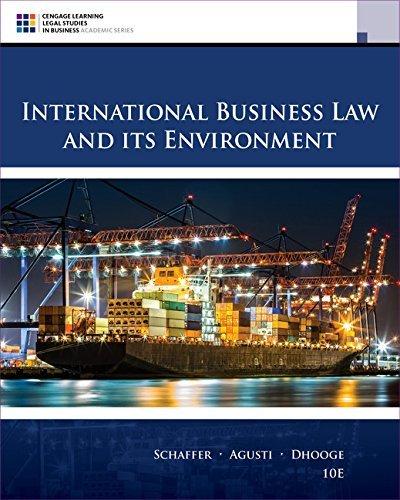The defendant, who made and sold a medical preparation called the Carbolic Smoke Ball, inserted the following
Question:
£100 reward will be paid by the Carbolic Smoke Ball Company to any person who contracts the increasing epidemic influenza, colds, or any disease caused by taking cold, after having used the ball three times daily for two weeks according to the printed directions supplied with each ball. £1000 is deposited with the Alliance Bank, Regent Street, showing our sincerity in the matter. During the last epidemic of influenza, many thousand carbolic smoke balls were sold as preventives against this disease, and in no ascertained case was the disease contracted by those using the carbolic smoke ball.
The plaintiff was a woman who, relying on this advertisement, bought one of the balls at a drugstore and used it as directed, three times a day, from November 20, 1891, to January 17, 1892, when she developed influenza.
1. Give at least three examples of where advertising or the subsequent acts that led to this suit suffered from vagueness problems.
2. What other factors could have influenced the court's determination that there was a promise and not mere puffery?
Fantastic news! We've Found the answer you've been seeking!
Step by Step Answer:
Related Book For 

International Business Law And Its Environment
ISBN: 9781305972599
10th Edition
Authors: Richard Schaffer, Filiberto Agusti, Lucien J. Dhooge
Question Posted:





